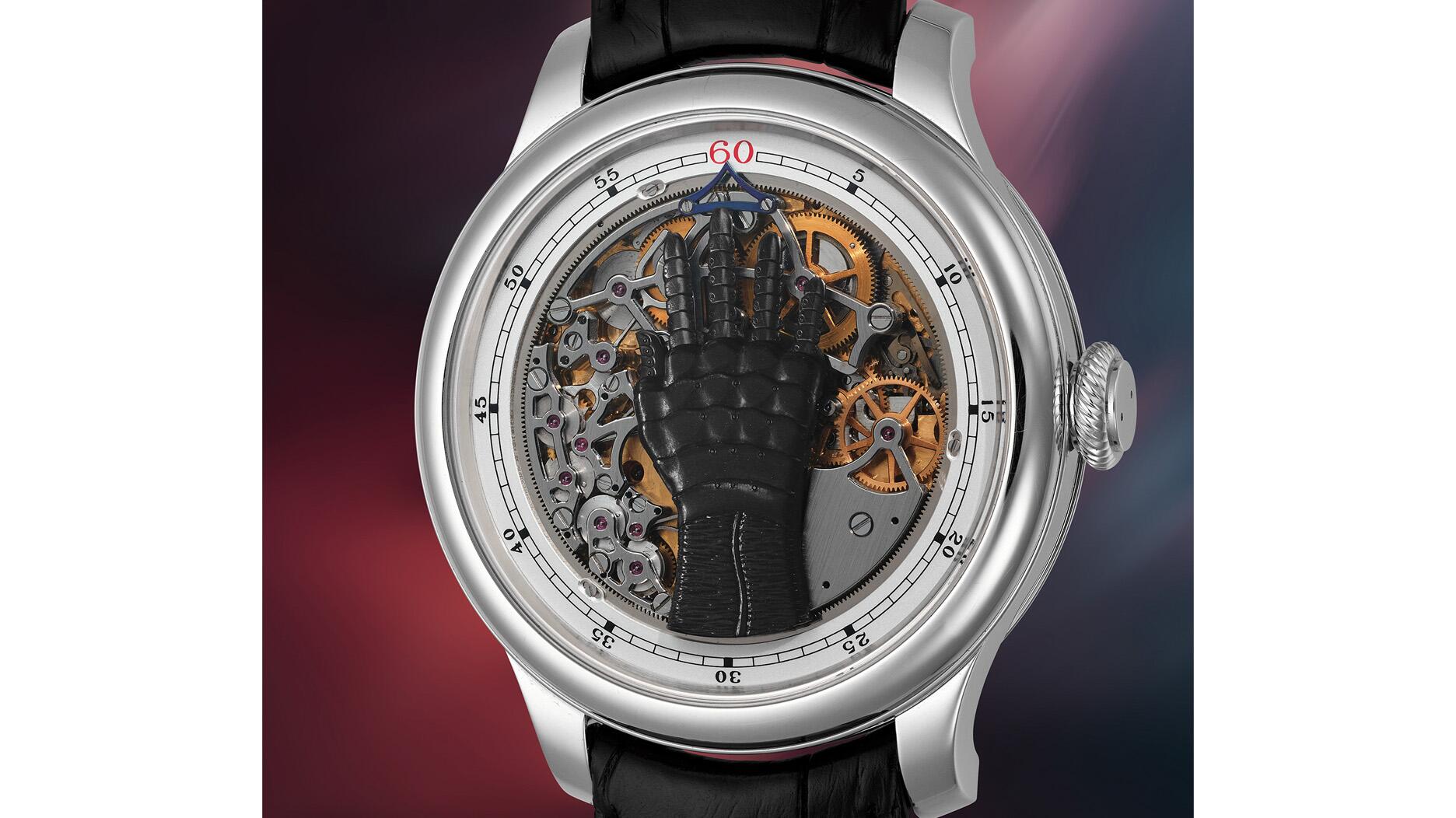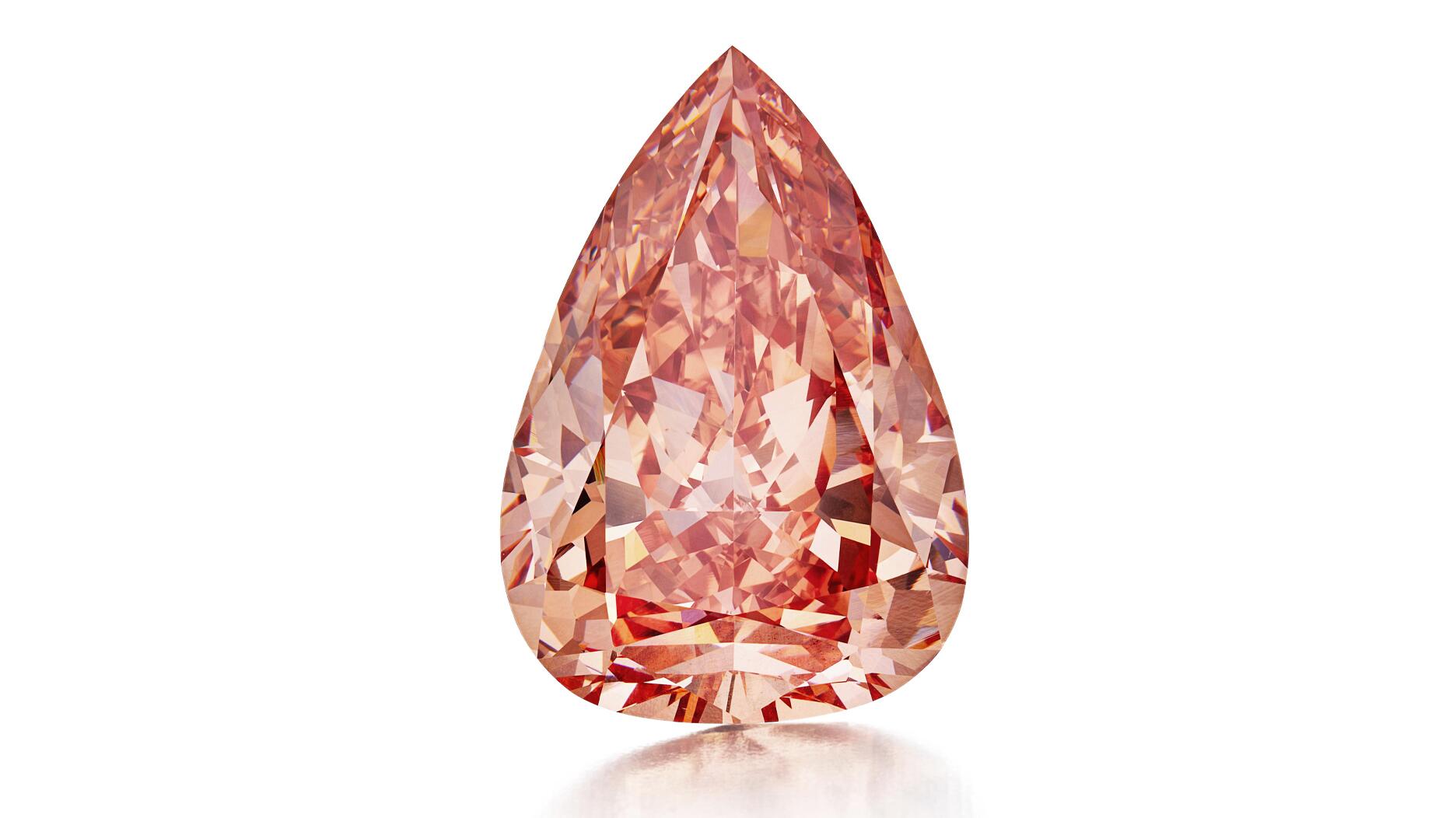300-Year-Old Ring Linked to Witch Trial Judge Goes Unsold at Auction
However, two medieval jewels surpassed estimates at Noonans Mayfair’s recent jewelry auction in London.

Each was discovered by a man with a metal detector hunting for treasure in different locations across England, but not all found buyers at auction.
One highlight of Wednesday’s sale was a 300-year-old ring with ties to a witch trial judge, discovered by Steve Pulley in January 2020.
The piece turned out to be one of several memorial rings commissioned following the death of Sir Richard Rainsford, a judge who presided over some of the last witch trials held in England.

The gold band has a skull and crossbones on the exterior. Rainsford’s initials and the date of his death are inscribed on the inside of the ring.
The inscription reads: “Richard Rainsford, Mile Nuper Cap Just De Banco Regis Obitus 17 Feb 80 Æt 76,” which translates to “Richard Rainsford, Knight, lately Chief Justice of the Court of the King’s Bench, Died 17th February 1680 aged 76.”
The ring was expected to sell for £6,000 to £8,000 ($7,600 to $10,100), but nobody bought it.
However, two medieval jewels up for sale did find buyers, including a bishop’s sapphire ring.

Metal detectorist Mark Sell came across the ring in November 2019. It is believed to date back to the late 12th to early 13th century.
“This form of medieval ring, with a principal cabochon stone, usually a sapphire, surrounded by smaller collet-set satellite stones (garnets or rubies, and emeralds), can be securely dated to the late 12th or early 13th century, and is associated with the bishopric,” said Laura Smith, jewelry expert at Noonans.
The ring features a hexagon-shaped cabochon sapphire as its center stone in a closed-back collet setting, surrounded by four smaller cabochon emeralds and garnets, with a flat, narrow band.
It sold for £19,000 ($24,500), slightly above its pre-sale estimate of £15,000 to £18,000 ($19,400 to $23,300).
Also up for sale at the Noonans auction was a gold posy ring dating from the 13th to 14th century and discovered by metal detectorist Richard Girling in March 2024.

“This is one of my best artifact finds. I have found coins in the past, and it is nice to have something in your hand that hasn’t been touched for hundreds of years and imagine what were the people like, why were they there,” Girling said.
Smith, Noonans’ jewelry expert, shared the history of the posy ring.
“Romance and jewelry have always been closely entwined, and during the medieval period it became popular to inscribe a short love message or ‘posy’ on a gold ring to be given to your beloved,” she said.
“The intimacy is enhanced by the fact the message is worn right next to the skin and is really just for the wearer to behold.”
On the exterior of this ring in a mix of Roman and Lombardic letters, is an inscription that reads, “+IO.VVS.AIM.PAR.FEI,” which translates from medieval French as ‘“I love you by faith” or “I love you faithfully.”
The ring sold for £11,000 ($14,200), above its pre-sale estimate of £6,000 to £8,000 ($7,700 to $10,300).
The Latest

The new location in the Design District pays homage to Miami’s Art Deco heritage and its connection to the ocean.

Inflations, tariffs, and politics—including the government shutdown—were among consumers’ top concerns last month.

“Longtime favorite” presenters, as well as first-time speakers, will lead talks and workshops at the annual event in Tucson next year.

How Jewelers of America’s 20 Under 40 are leading to ensure a brighter future for the jewelry industry.

Silas Smith of Meridian Metalworks won the challenge with his pendant that blends Australian and American landscapes.


Most customers who walk into your store this month have made up their minds. Your job is to validate their choice, Emmanuel Raheb writes.

The collection features characters and motifs from Ukrainian folklore, including an enchanted mirror and a magic egg.

Roseco’s 704-page catalog showcases new lab-grown diamonds, findings, tools & more—available in print or interactive digital editions.

MatrixGold 3.11, the newest version of the jewelry design program, offers more flexibility, precision, and creative control.

The pavilion will be part of the 2026 JA New York Spring show, scheduled for March 15 to 17.

Kadet, a 1994 National Jeweler Retailer Hall of Fame inductee, helped grow the family-owned retailer in the Chicago area and beyond.

Billed as the world’s smallest wearable, Lumia Health’s new smart earrings have a health tracker subtly embedded in the back.

Don’t let those with December birthdays feel blue. Help them celebrate their month with blue zircon, turquoise, and tanzanite.

The new pink sapphire version of the piece dances with its wearer in the brand’s “Icons After Dark” holiday campaign.

A choice that’s generated a lot of commentary, Pantone says “Cloud Dancer” marks a fresh start and encourages relaxation and creativity.

The manufacturer’s holiday campaign features a gift guide filled with trending designs and jewelry that can be personalized.

The man was charged with theft, accused of ingesting the necklace while in a jewelry store in Auckland, New Zealand.

The Florida independent expanded its store from 8,000 to 14,000 square feet, fulfilling the vision of its late co-founder, Jim Dunn.
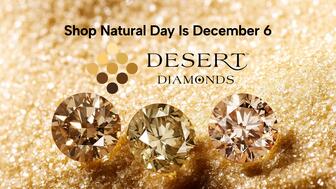
Sponsored by De Beers Group

The classic 5600 series G-Shock has been scaled down to about a tenth of its size, becoming a fully functioning watch ring.

The association’s annual conference and gala will take place Feb. 4, 2026, during the Tucson gem shows.

The January show will include a workshop for jewelry retailers on implementing AI to strengthen their businesses.
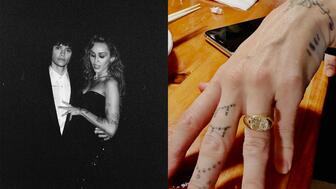
Fellow musician Maxx Morando proposed to the star with a chunky, cushion-cut diamond ring designed by Jacquie Aiche.

The retailer, which sells billions in fine jewelry and watches, is suing the Trump administration and U.S. Customs and Border Patrol.

Black Friday is still the most popular shopping day over the five-day holiday weekend, as per the National Retail Federation’s survey.
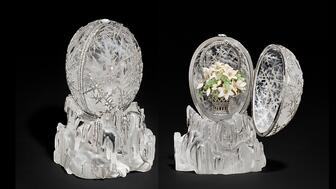
The historic egg, crafted for Russia's ruling family prior to the revolution, was the star of Christie’s recent auction of works by Fabergé.
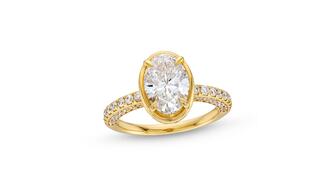
The retailer offered more fashion jewelry priced under $1,000, including lab-grown diamond and men’s jewelry.














